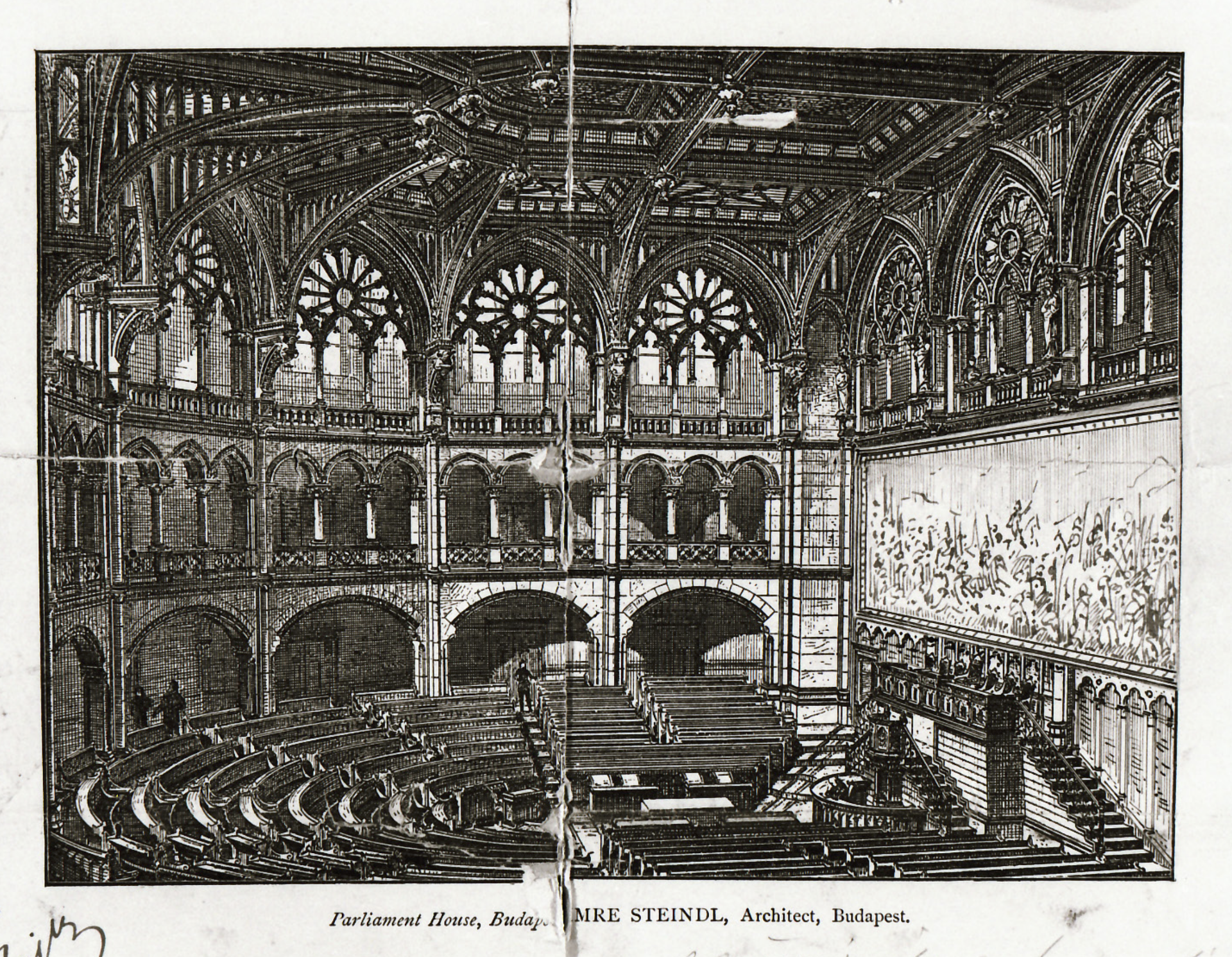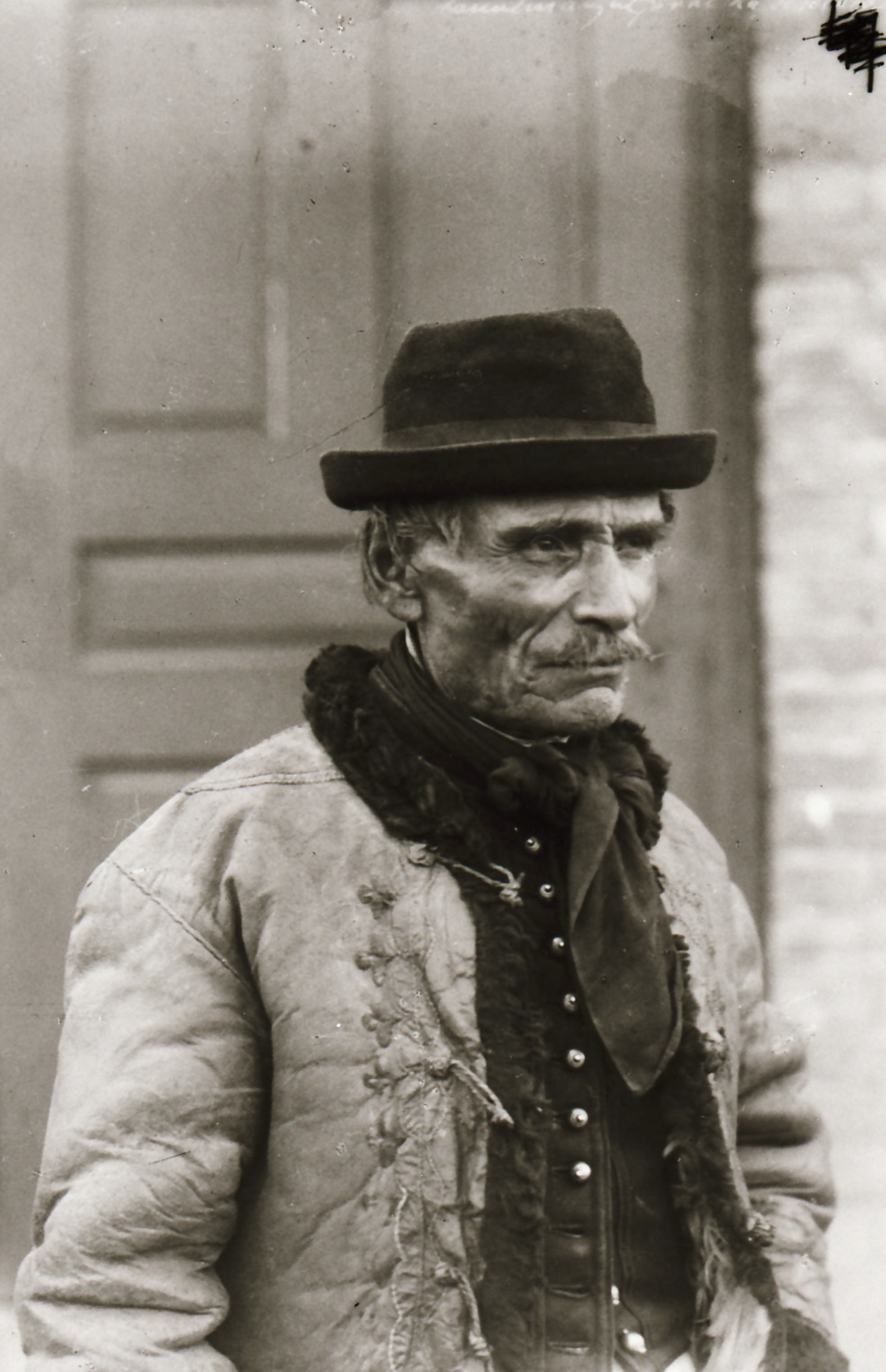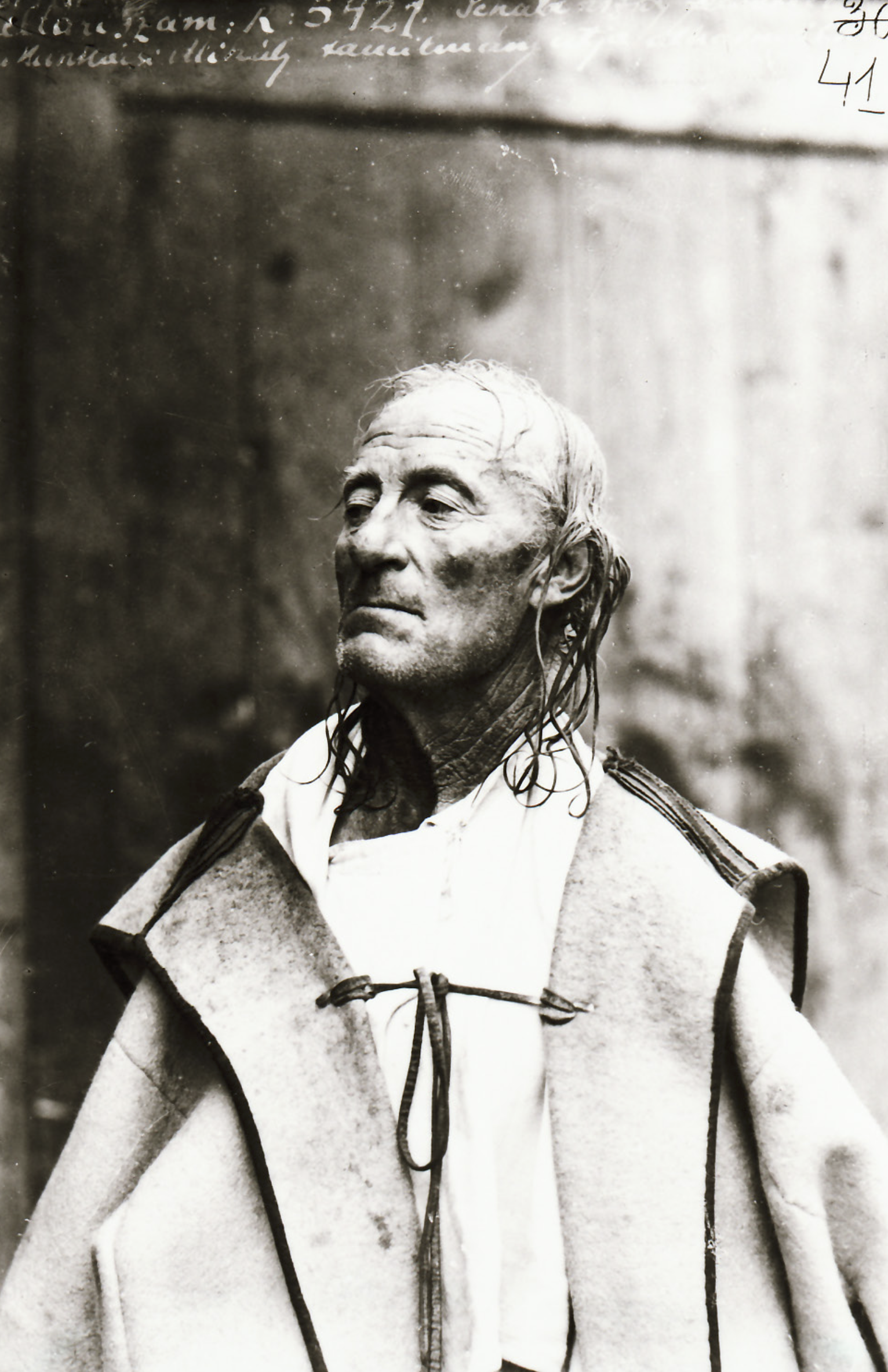The "Colossal" Paintings and World Renown - 4
THE HUNGARIAN CONQUEST (ÁRPÁD)
MUNKÁCSY Mihály
(1844–1900)
THE HUNGARIAN CONQUEST (ÁRPÁD)
1893
Oil on canvas
Museum of the Hungarian Parliament
In November 1890, Munkácsy received his one and only commission from the Hungarian state — for the painting The Hungarian Conquest, which was to hang in the council chamber of the Parliament building then under construction. The request was somewhat overdue: at the time, the Hungarian capital - unlike Vienna - did not possess a single prominent work by Munkácsy. At 62 square metres, The Hungarian Conquest is the largest Hungarian historical painting after the late-nineteenth-century panorama paintings (such as Árpád Feszty's cyclorama). Purchased for 92,000 forints, it was the most expensive commissioned painting in Hungary at the time.
The Conquest shows the legend of the white horse: after the ambassadors of the Grand Prince, Árpád, sent a white horse as a gift to the Slav ruler Svatopluk, his ambassadors presented soil, grass, and water in return, thus giving away authority over the territory of Pannonia to the Hungarians. The theme was pertinent due to the approaching millennium — the thousandth anniversary of the existence of the Hungarian state. The message of the work conformed to the official, generally accepted view: the conquest had established a homeland not just for the Hungarians who arrived with Árpád, but for all the peoples of the Carpathian Basin. The composition stressed mutual tolerance and the peaceful nature of the conquest: the different nationalities bow before Árpád in peace rather than humiliation. Munkácsy strove for the greatest possible authenticity in terms of the clothing and other details: he sought the advice of members of the Hungarian Academy of Sciences and travelled to the Great Hungarian Plain and Transylvania, photographing individuals with distinctive Hungarian and Slav features to use as his models.
The painting was presented on 24 February 1894 in the Hungarian National Museum. From 1906, it hung in the Museum of Fine Arts, Budapest. It was eventually installed in its current location, the presidential reception room of the Parliament building, known as the Munkácsy Room, on 30 July 1926.



